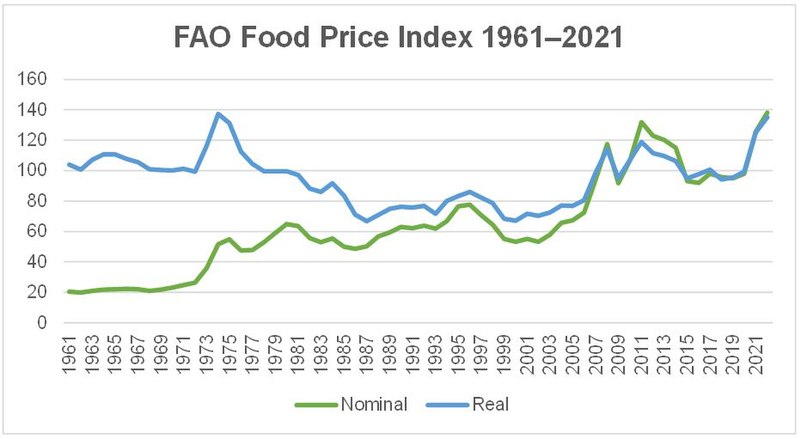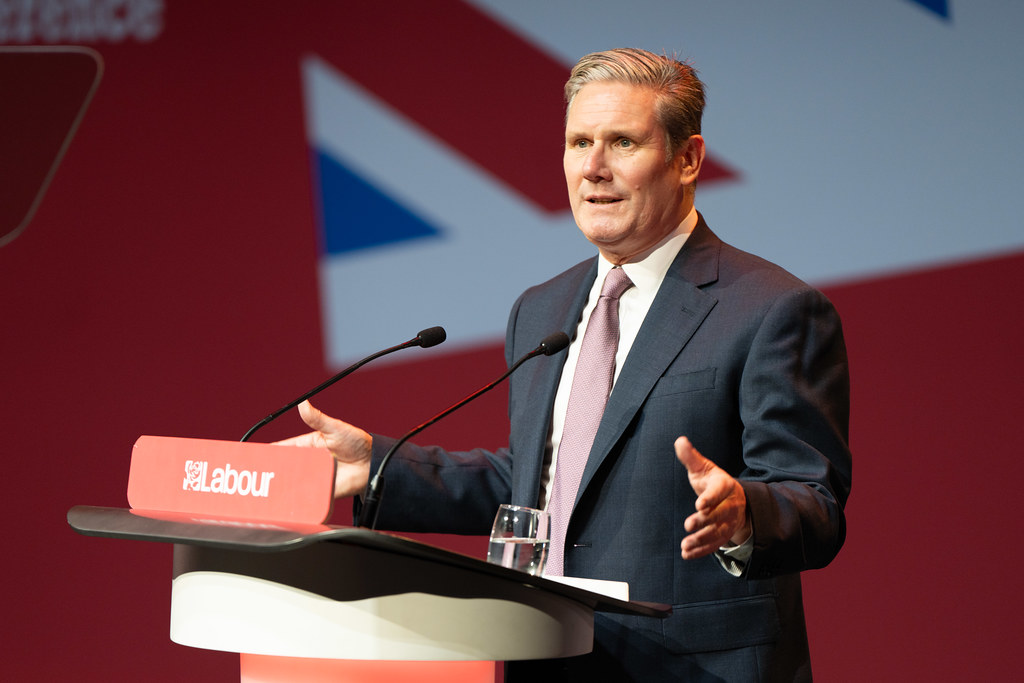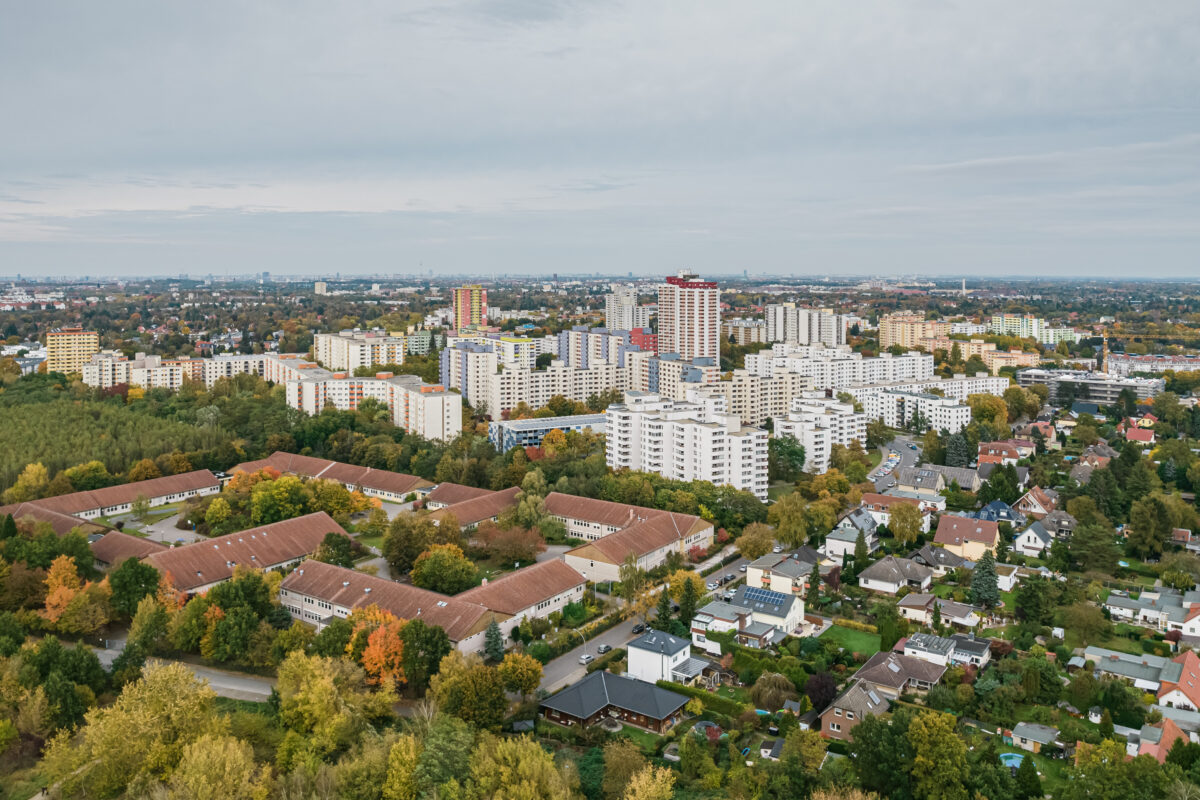Sri Lanka is experiencing dramatic political upheavals that have seen the ruling Rajapaksa dynasty losing its grip on power. It is not difficult to notice what is bringing people to the streets: rising food prices, forcing people to skip meals; fuel and medicine shortages; high energy prices and power cuts. The price of rice and wheat has increased by over 50%. The increases began around September 2021 with protests flaring up in early April this year resulting in the resignation of Prime Minister Mahinda Rajapaksa, while his brother, President Gotabaya Rajapaksa, refuses to step down.
Sri Lanka imports more than it exports. Domestic crop failures in 2021 have increased the dependency on imports and put Sri Lanka at the mercy of the global commodity market and with prices rising, the cost of imports is growing. This is not unexpected: the threat of Sri Lanka defaulting on its $7.3 Billion foreign debt in order to subsidise everyday essentials has been in the air for a while now and in May the country defaulted on its debt for the first time in its history.
The pattern of increasing food prices resulting in riots is well documented. In December 2010 Tunisians were on the streets demanding: “Water and bread, yes! Ben Ali, no!”. The then leader, President Zine El Abidine Ben Ali, fled the country later that month to Saudi Arabia. One week later a restaurant owner in Cairo set himself on fire after being ineligible for state-subsidised bread.
Going even further back, there were many bread riots leading up to the French revolution, most famously the `Flour war’ of 1773-5. This complicates the narrative often sold of revolutions of `the people’ finally fed up with their corrupt leaders and taking to the streets. The reality is that there must be material causes that push a society above its boiling point.
There is one major difference between the spike in grain prices in 18th century France and the spike in food prices in the 2000s. In the years preceding the Flour War, unusually adverse climate patterns precipitated terrible harvests. There was no such cause to point to in 2008. There was no food and oil shortage -actually it was up on previous years- but the UN had declared a global food crisis and oil prices were soaring. At this point, standard economic ideas around supply and demand prove insufficient, and we might start to feel rather confused. What is the difference between now and then?
The role of Commodity Price Indexes
One facet of the answer to this question is financialisation, bringing with it convoluted markets, detached from the real world. Another is the context of a global economy run by people addicted to oil and with a delusional relationship to the consequences of neoliberal economic policy. Those with the greatest share of the wealth, encouraged and supported by politicians, interact with markets with their only goal being increasing their personal worth. They, enabled and spurred on by “too big to fail” banks, have created and invented a multitude of schemes and tricks to help them to this end.
A Commodity Price Index is an average of selected commodity prices. There are many Commodity Price Indexes, tracking different selections of commodities, with differing weights, focusing on specific countries or commodities. For example, the well-known the RF/CC CRB Index contains 19 commodities, among them: crude oil, gold, orange juice, aluminium. These indexes are intended to provide representations of broad trends in the commodities market. They are nothing new, the CRB Index was first calculated and published in the 50s, and it is not the oldest.
Commodity Index Funds track these indexes and are one way that investors can “choose to obtain passive exposure to these commodity price indexes” or speculate on the future movements. The upshot is that investors can buy these financial instruments, whose worth is calculated in order to track or speculate on a specific Commodity Price Index. Buying into one of these funds does not mean that one owns anything physical. You give your money to a bank who will then give you more money or take some away depending on the movement of a specific Index.
The trouble comes when large amounts of capital is parked in these funds. Then prices which have no material reason to be associated to one another start to move in unison. There is no natural connection between the price of nickel and the price of wheat, but as the market for CPI tracking became large, mass speculation on these indexes created a link between such commodities artificially.
“Without question increased fund flow into commodities has boosted prices” concluded Goldman Sachs’ own analysts. Predictably however, they do not blame the speculators and rather double down that in fact the speculators serve to help solve the problem. The exact mechanism through which this happens is complex. Trend following traders, algorithmic bot traders are all factors contributing to these speculative bubbles. Additionally, in an extremely egregious move, the banks who were selling these speculative contracts quickly moved into the commodity-storage trade [“Price Wars”, Russell, p65] to maximise their profits from the soaring prices.
After deregulation in the form of the Commodity Futures Modernisation Act, masterminded by Alan Greenspan and the Clinton administration at the turn of the century, these markets grew. In 2003, $13 Billion was spent on Commodity Index Funds, rising to $260 billion in 2006, as reported by Michael Masters, a hedge-fund manager, to a US House Committee. Increased demand for Commodity Index Funds were driving prices themselves up. Master’s testimony was met by attacks from the financial industry.
After the financial crash in 2008, investors and, pension and hedge fund managers found in commodities a safe place to place their investments after the mortgage and property market had shown itself not the safe haven it was once thought to be. This sudden demand for commodities caused prices to rise. Commodity prices across the board start to rise and speculative bubbles emerged. The standard logic that prices of wheat or rubber encode information about the availability is abandoned. The global south is then forced to suffer the consequences of this speculative game played in the global north.
How is this affected by the war in Ukraine?
The war in Ukraine is already having a serious impact on food security and global energy prices and these speculative schemes carried out by the financial industry are engineering a global catastrophe affecting billions of people. The financial institutions and the politicians they are in bed with will turn the finger of blame to the pandemic and a capital deficit; anywhere but themselves. This wilfully ignores the exacerbating role the unregulated speculative market plays. These people are either so blinded by their own self-interest or are too apathetic to see that the problem is not going to be solved from within.
Peering into the Wild West of Wall Street and understanding the devastating consequences its actions have, whilst those in charge profit from it is a very demoralising exercise. We are in need of a political class which is willing to challenge the hegemonic belief that we are in need of such a `healthy’ financial system and instead will prioritise the people they claim to represent.
We need to reign in these enormous speculative markets via robust regulation, preventing the amplification of small fluctuations in food markets to catastrophic spikes and crashes. It is a political failure that we can have record high food production in a year, and in that same year food prices soar.




